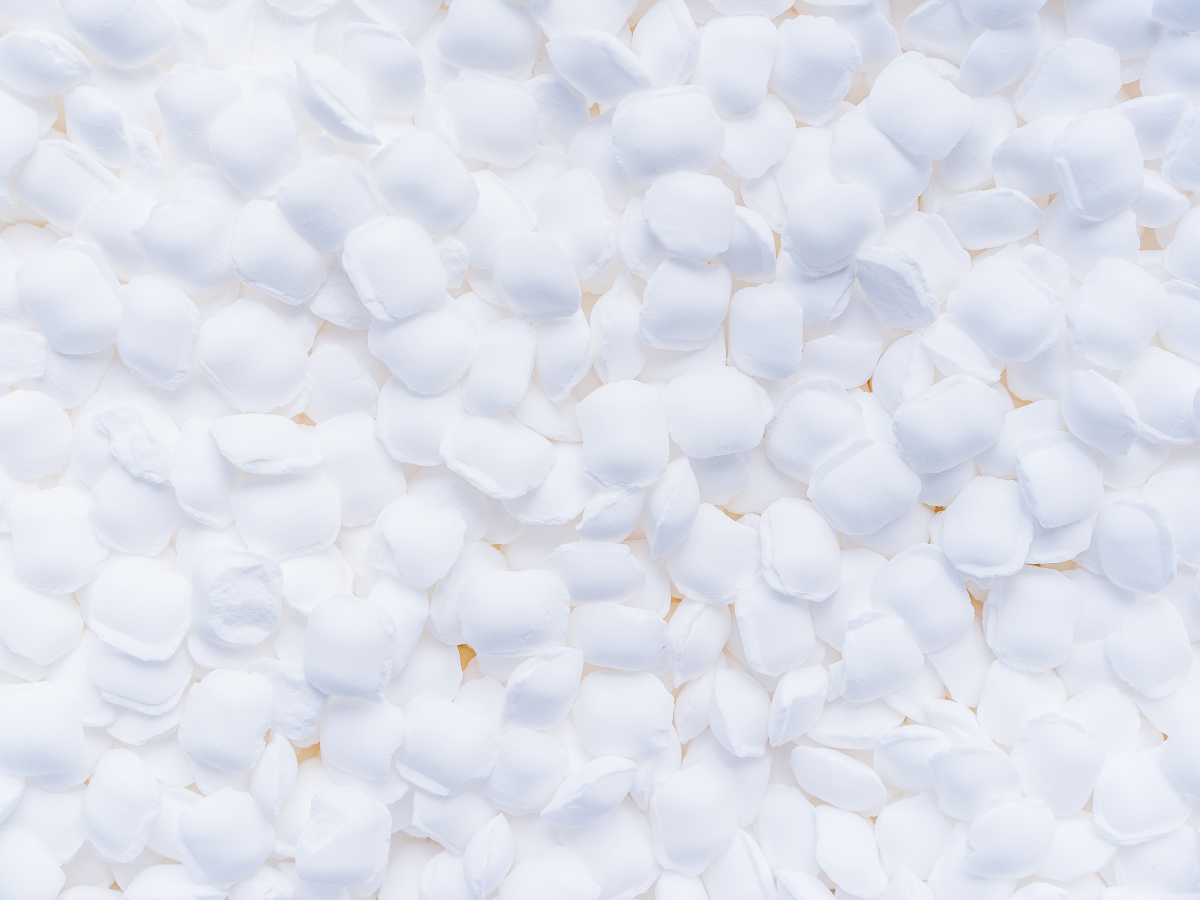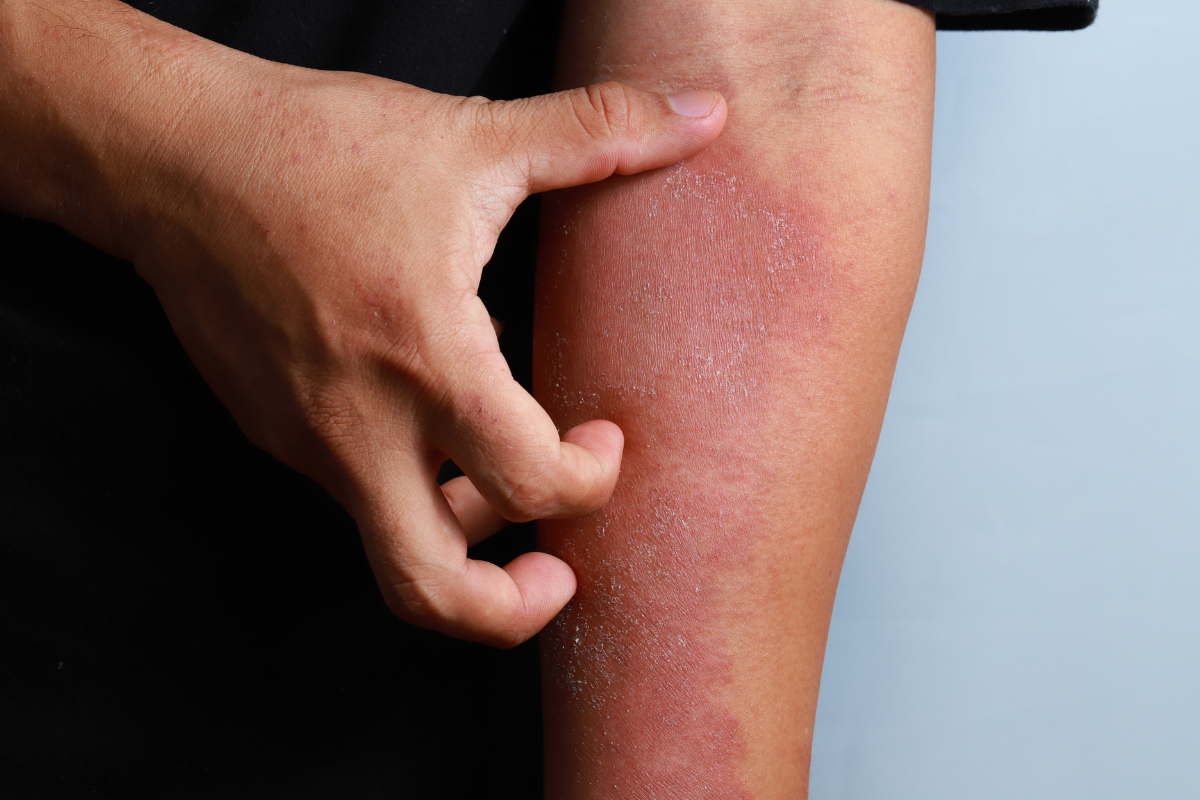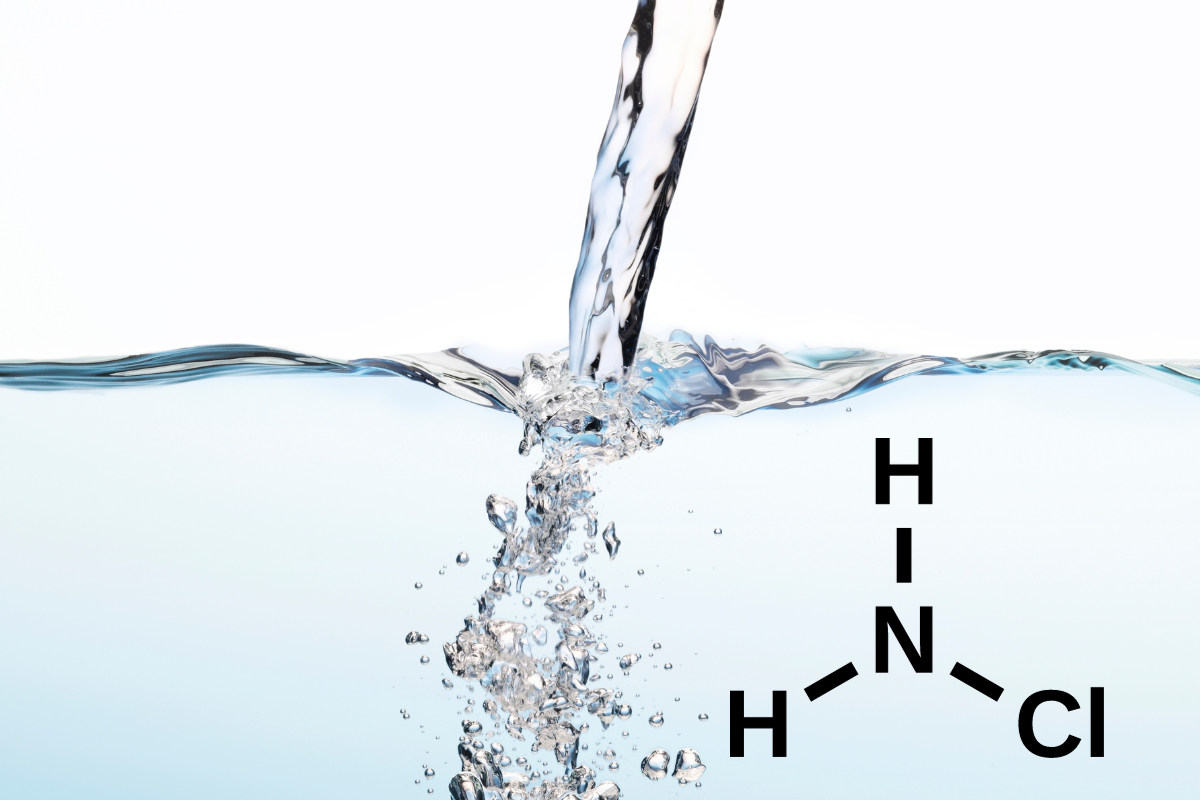PFAs in Water
Wondering about PFAs
PFAS comprise a class of chemicals that were used until recently in a wide variety of applications. Commercially, they acted as non-stick surfaces and were touted for their ability to resist both high and low temperatures. Their unique molecular structure also means they do not break down easily. This might once have been considered an advantage, except for the fact that PFAS also persist in the environment and within the human body. They have been linked to a variety of human health concerns, and may be present in up to 98 percent of the global population. PFAS in water are of particular concern, although the chemicals may also be found in soil, air, and fish.

What is the History of PFAS?
PFAS stands for “per- and poly-fluoroalkyl substance(s),” which references the general molecular structure of these chemicals. They are organic compounds composed of multiple fluorine atoms attached to an alkyl chain. PFAS were first synthesized (man-made) in the 1940s and marketed in the form of Teflon and other non-stick coating agents.
It was known even in the mid twentieth century that PFAS could be detected in the blood of exposed factory workers, but it was not associated with any increased health risks. However, the long half life of these chemicals was not taken into account; nor was the fact that repeated exposure could build up serum levels over time. PFAS thus accumulated to blood serum levels high enough to cause adverse health concerns.
The half life of a substance is the amount of time it takes for that substance to reduce to one half of its initial amount. For PFAS, the half life within human blood is 4-5 years. For comparison, the half life of most over the counter drugs is a few hours to a few days.
The exceedingly long half life of PFAS has earned them the ominous nickname, “forever chemicals.” Even though most companies voluntarily phased out the use of these substances in the early 2000s, they are still present and detectable at concerning levels in the environment and in our bodies.
What Were PFAS Originally Used For?
PFAS were used in hundreds of applications until the early 21st century. The most common uses included water resistant coatings for cardboard, carpet (Scotchgard), leather, and packaging products. PFAs were also used to create nonstick coatings on cookware (Teflon), and as an effective fire fighting foam.
How Did PFAS Get Into Drinking Water?
Until recently, PFAS were used as chemical fire retardant, usually in the form of Aqueous Film Forming Foams (AFFFs). For this reason, many environmental sources of PFAS originated at fire training and fire response sites. Other sources of PFAS in the water include landfills, industrial sites, and water treatment facilities. Simply spilling PFAS on the ground is enough for them to be washed into groundwater or into lakes and streams, which can then easily carry the chemicals over long distances.
What Health Conditions are Caused by PFAS in Water?
PFAS from drinking water and other sources can accumulate in human blood and have been linked to a long list of health concerns. In addition to certain cancers (especially testicular), even low serum levels of PFAS have been associated with reduced vaccine response in children.
PFAS have also been linked to cardiovascular problems and reproductive issues, such as low birth weight.
PFAS vs Gen X Chemicals in Water
In the early 2000s, shorter-chained chemicals with similar properties to PFAS were developed. These chemicals were collectively called “GenX chemicals,” and were thought to be a safe substitute, since they degraded more quickly than PFAs but still had similar nonstick and heat resistant properties. However, animal studies have shown increased health risks associated with exposure to GenX chemicals as well.
The most important non-cancer finding due to GenX chemical exposure is the presence of lesions on the liver. Oral exposure to
GenX chemicals in mice has also demonstrated adverse effects on the kidneys, thyroid, and reproductive system. There is not sufficient evidence to support a link to cancer, but studies are ongoing.
How Are PFAS Detected in Water?
You can test your well water or tap water for the presence of PFAS by having a sample analyzed by a certified laboratory. These labs will use one of three EPA approved testing methodologies to look for various types of PFAS. Many independent water purification companies will be able to facilitate this testing for you.
How to Get Rid of PFAS in Water
Water filtration systems using activated charcoal or reverse osmosis are effective at removing PFAS from your drinking water. The Water Pros in Aurora offer both types of filtration. Our
Matrix Whole House Water Conditioning System uses activated carbon to remove PFAS, lead, chlorine, and other harmful chemicals from your water. We utilize the Microline process of reverse osmosis, which implements a semipermeable membrane to clean and refine water at the molecular level. Call or
go online today to request a free water test or to schedule an installation.









